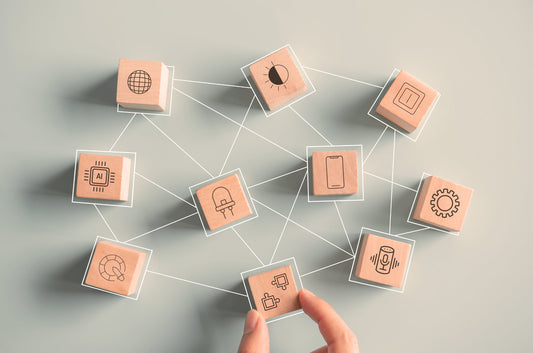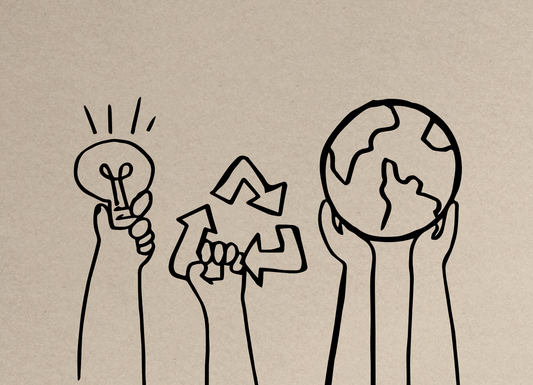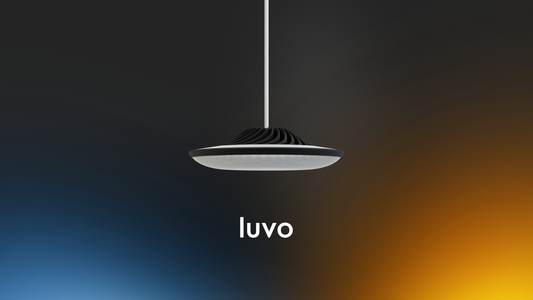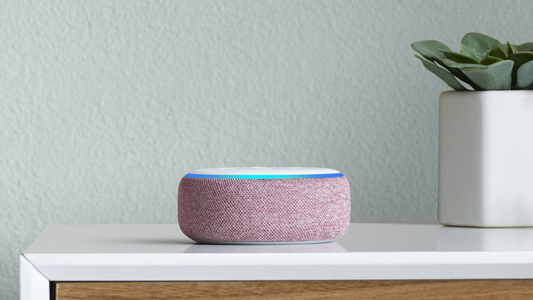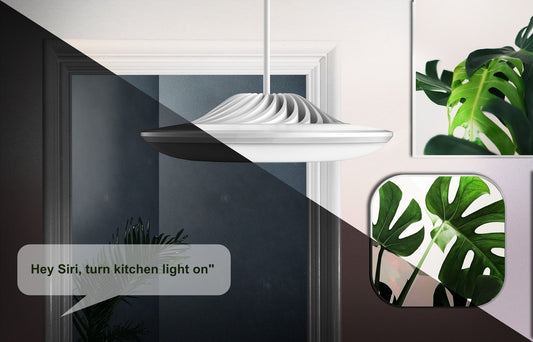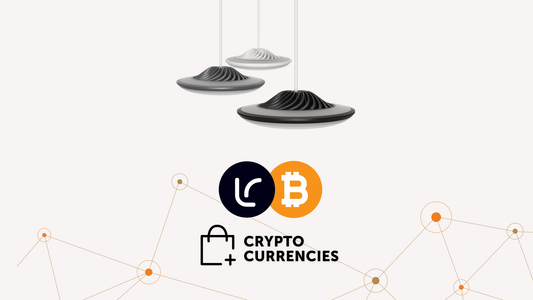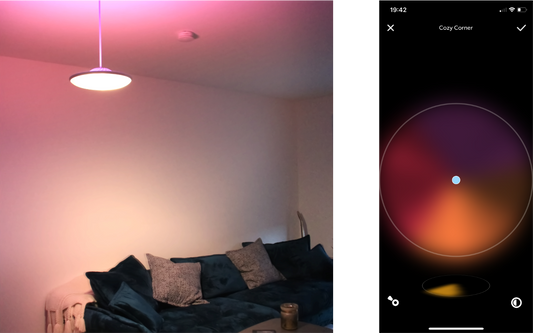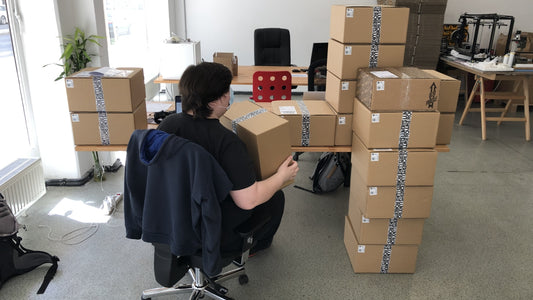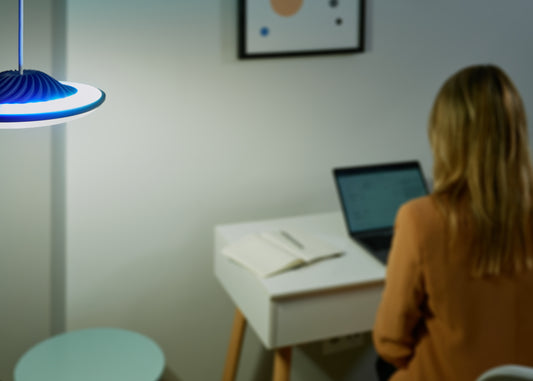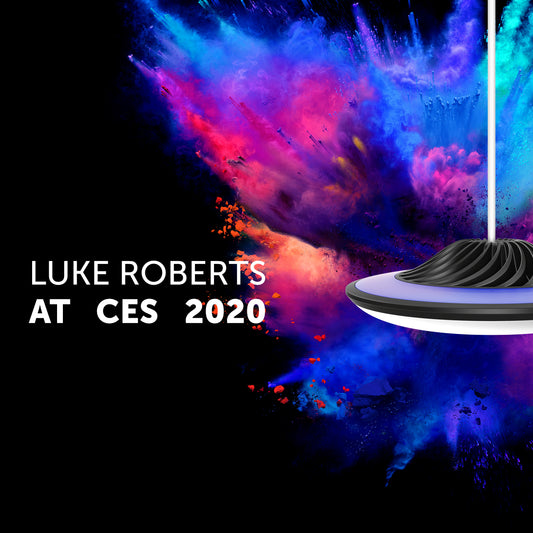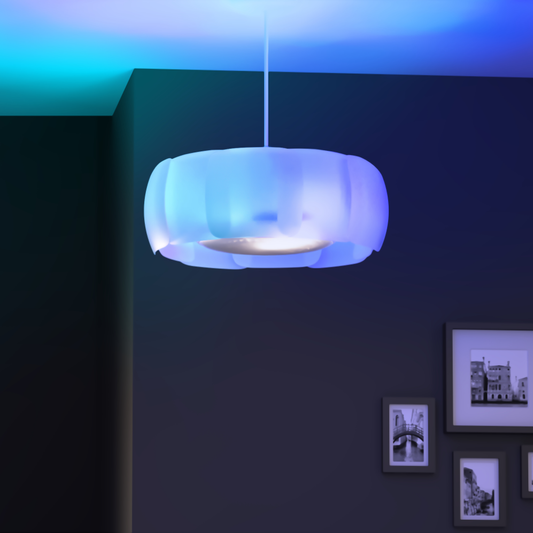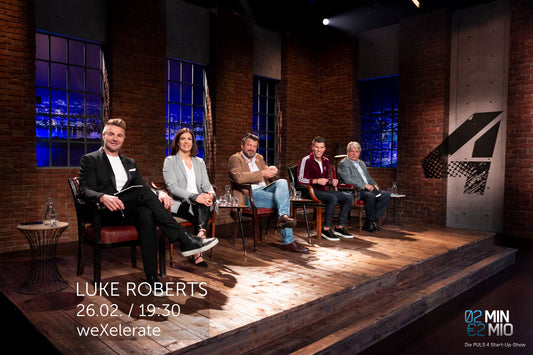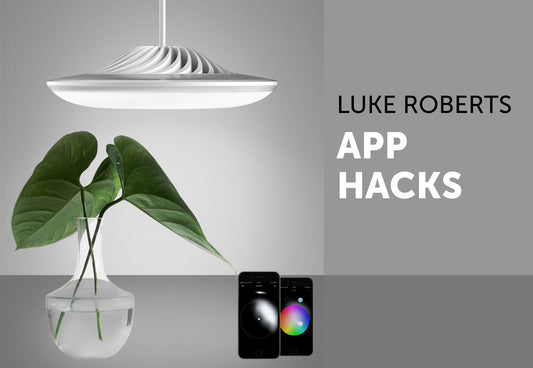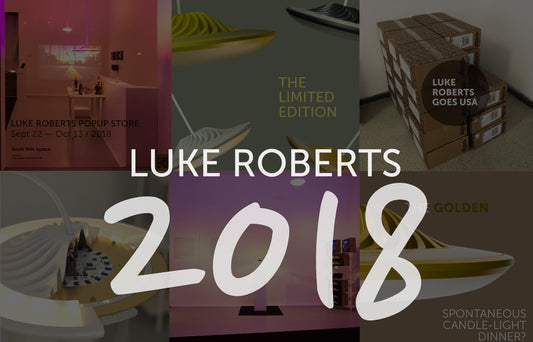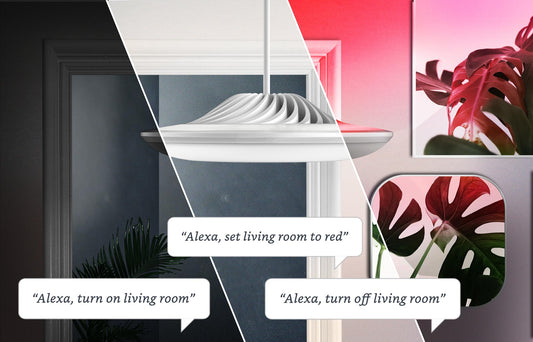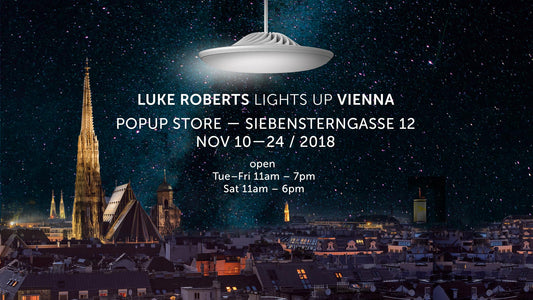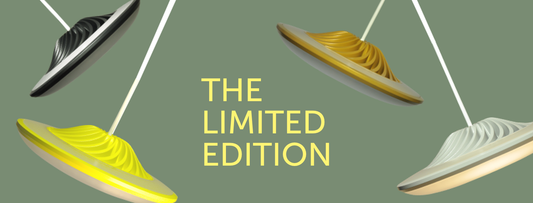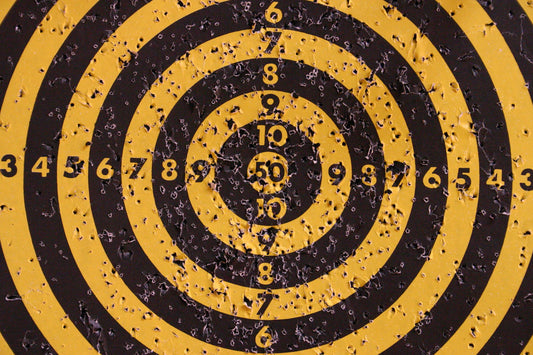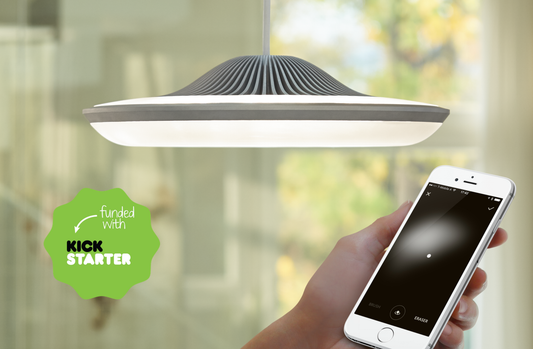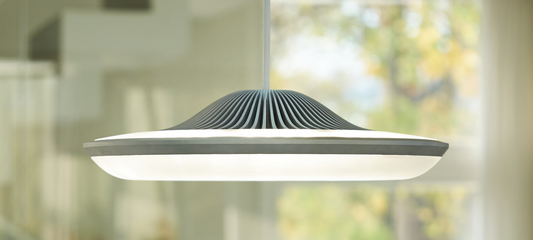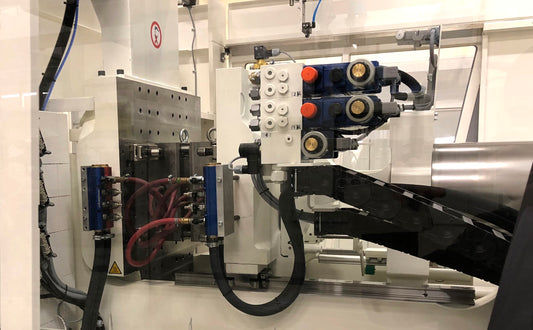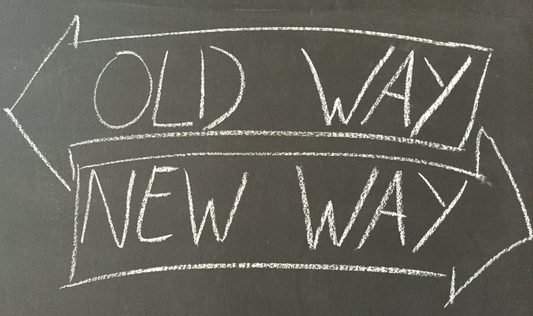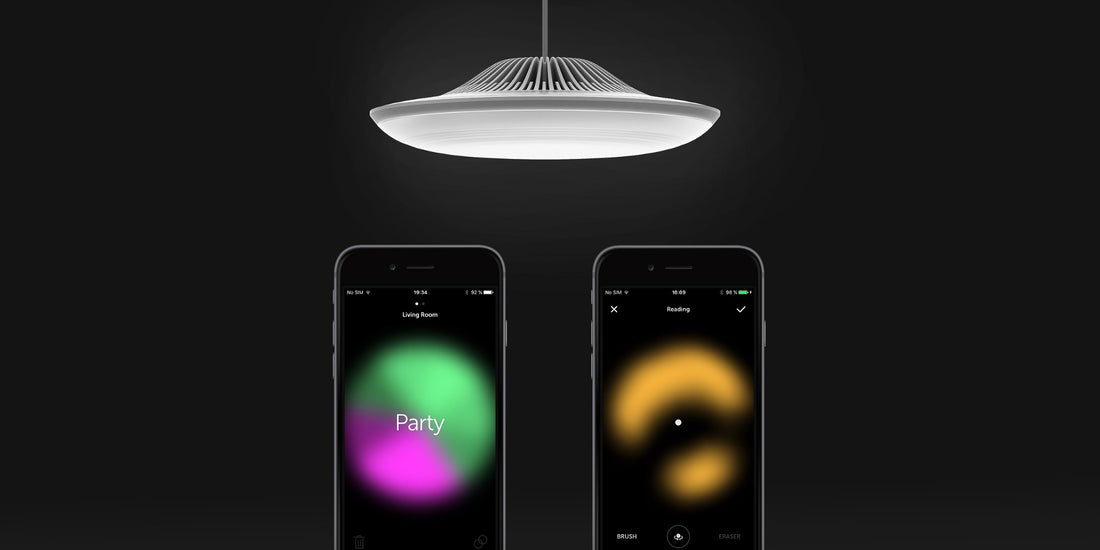
4 Rules for Collaborating on Apps for Smart Devices
What we learned from co-creating a connected device and its digital companion
Software — the Yin to Hardware’s Yang
Hardware launch cycles take a long, long time. Much longer than their software counterparts. While hardware is complex, it adheres to the universal laws of physics and is regulated and associated with a real cost of replication. There are many headaches in the world of atoms that do not exist in the world of ones and zeros.
At the same time, no connected device would be complete without its digital companion. Imagine your Jawbone without the UP app. Your Mi devices without MiHome. Your Withings medical devices without their digital counterpart. Digital experiences and products amplify the utility of the hardware — potentially defining the product’s key selling point.
Once you release your amazing device, it’s crucial that the digital companion is available to complete the device. But how does that work when development cycles and principles are so fundamentally different? And time to market too critical?
Collaborating on Hardware and Software Development
In 2015, the teams from Luke Roberts and MING Labs set out to create a unified experience for a smart LED lamp. Luke Roberts owned the product and was responsible for the hardware side. MING Labs designed the user experience of the digital companion application for the device.
It would be a journey of two years, many iterations, and a treasure chest of learnings. While co-creating the complete experience from two perspectives, we iterated on the collaboration process itself as well. Here are a few insights that we’d like to share with you.
1. Unify the Product Vision
The product vision needs to be clearly defined and owned throughout the whole process, especially with multiple parties involved. Allowing for details to change along the way, the target experience needs to be clear from the onset.
In our collaboration, Lukas and Robert, the founders of Luke Roberts, owned the product vision. From the first workshop in 2015, they expressed a vision for the device they would create — including the target customer segments and how the device would improve their lives.

At the time, the hardware part was still an idea — far from a first prototype — yet the vision was already clear.
2. Kick off Both Tracks Simultaneously
A natural instinct may be to postpone thinking about the digital experience until a tangible prototype is ready, or the roadmap has been clarified, or until functional requirements have been confirmed.
However, that instinct is wrong. The end user’s experience with the product is defined by both the device and its digital companion. With the overall quality of experience in mind, the device and the app have the ability to elevate or negate the experience — which makes their iterative development of the utmost importance. Like any good partnership, they influence and challenge each other during the creative process, with success dependent on synergy.

The first iteration of the user experience design for the lamp happened without a prototype, just early ideas of hardware specs and product design. Yet the vision laid out the target experience. With that in mind, we quickly arrived at the “paint your light” concept, which was vital to informing the next steps of hardware design and development. The key learning being: the end user experience can — should! — dictate both workstreams. It’s crucial to focus on the end user.
Time to market, and the threat of imitation from competitors, should prove incentive enough for starting software development during hardware development.
3. Alternate Iteration Loops
While we’re advocating for simultaneous development, there are naturally limits when it comes to iterating. We recommend iterating up until the point of real hardware specs, detailed capabilities and product design, and then stopping. Waiting for the hardware to progress and ironing out further details is important before picking the process back up.

Next, the challenge is to compare previous assumptions with reality and to question design decisions. What assumptions no longer apply, and what was learned during the last iteration cycle? Repeat this process over and over again, to narrow down the most optimal digital experience.
Applying this methodology to Luke Roberts’ product vision, we designed the “paint your light” technology within the first app iteration — including some core features, such as creating and alternating moods. We created a clickable prototype with InVision out of these features and then paused before moving ahead. This break in development and design allowed for the hardware team to understand the requirements that they would need to support in their firmware. This enabled the features of the prototype to be accessed via program calls and support the technology.

After the hardware development had progressed, we continued the iteration process and modified our existing designs (such as the speed of drawing light), creating more detailed features that were informed by the new clarity around capabilities.
The exchange between software and hardware experts is especially important when it comes to implementing new features. Alternating between design/prototyping and hardware iterations allows for each subsequent iteration to make use of the previous group’s work.
4. Keep the Communication Flowing
Throughout the whole process, it’s crucial to regularly align the multidisciplinary teams. Use the team diversity as an advantage, and make sure there’s room for each collaborator to show his or her strengths. Keep all team members informed and involved during major milestones.
Initiating feedback on software prototypes early on in the process from beta and even internal testers is key. Keeping even the early prototypes under wraps poses no real advantage. Narrowing feedback to target users is equally important as the input from current and potential users can help to refine your initial proposition. However, on the hardware side, take care to invest the time and effort into a patent before releasing a demo or exposing the work-in-progress product to outsiders. Wait until the patent application is completed before releasing any defining details to the public.
When prototyping our smart LED lamp, our team of experts came from many different disciplines. Keeping hardware engineers, marketing managers, user experience designers, software engineers, product designers, business operators, and supply chain managers involved at various levels of the process was vital to a successful release.
Regarding funding, Luke Roberts’ initial Kickstarter campaign performed far better than expected, indicating a strong interest from the public. The original goal of €50,000 was needed to fund the first production, and by the time the campaign closed, it had raised over €410,000. Equally important, the campaign gathered tons of valuable feedback about key features that could be incorporated into the development cycle. Crowdfunding platforms are an ideal way to confirm or disprove your notions about the market demand, and get critical input about your initial product offering.
Putting It All Together
While software matters as much as hardware, given the sheer amount of apps within the mobile market, gaining users’ attention proves challenging. The addition of hardware within a product suite can be the differentiator within a sea of software applications.

Creating the illusion of seamless magic within a complex, multi-touchpoint system spanning physical and digital components is no easy feat, however entirely necessary to present a consistent experience for the consumer.
Here’s your checklist for creating outstanding smart devices:
- Have a clear and defined vision of the final product.
- Make sure all team members understand the vision and roadmap.
- Co-creation is key. Enable iterative cycles by developing hardware and software components in parallel.
- Keep iterating regularly. Hardware and software influence and depend on each other.
- Consult with the software team to ensure that new features can be easily implemented.
- Make sure the communication keeps flowing between product designers and hardware development teams.
- Get feedback for your hardware and software early on from friends and beta users.

